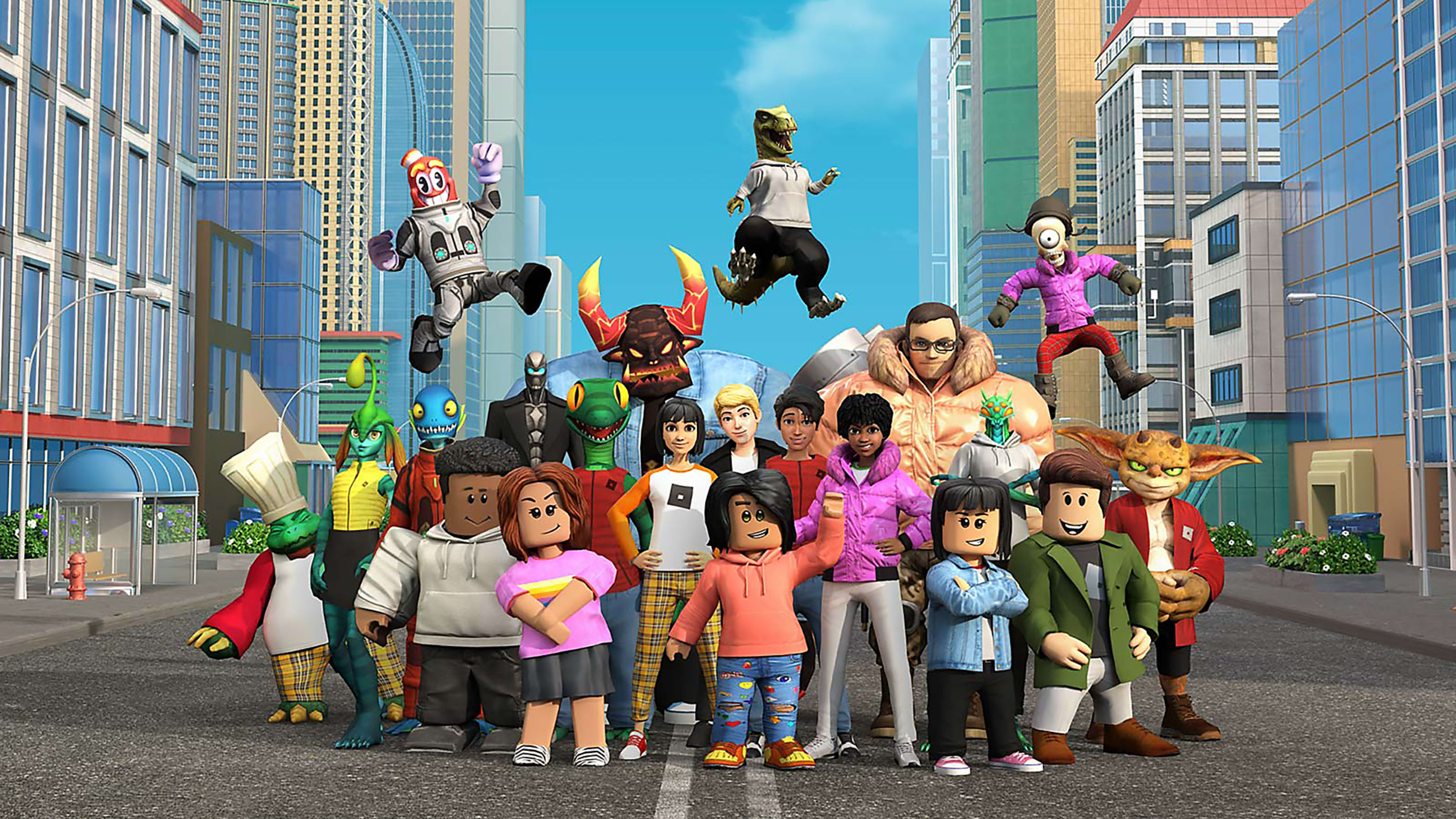Roblox officially has its own creator fund, the company tells Fast Company in an exclusive announcement.
While the company previously offered a fund for games makers and designers, the expanded $35 million fund, will encompass developer studios and users who want to build things beyond games on the server—and one of the first partners is a short-form video service, nudging into the social media landscape.
“The newly titled Creator Fund, previously Game Fund, is one of the many programs we have in place to support creators as they build next-gen experiences on Roblox,” Matt Curtis, Roblox’s vice president of developer relations, tells Fast Company. “We’re excited to announce that, with this evolution, Roblox is expanding the types of content funded by the program, bringing new opportunities for Roblox’s network of creators across the globe. Our Creator Fund allows even more creators and IP holders to join the program while still staying true to its original mission of empowering creators who want to build something that has never existed before.”
Roblox joins a long list of tech companies competing for creator attention. Around the launch of Instagram Reels in 2021, Meta was offering creators bonuses up to $35,000 in an effort to grow the platform. Snapchat launched its creator fund for independent music artists in 2022, which it expanded last year. And some creators have reported making thousands of dollars a month on Pinterest’s creator program. As far as TikTok sunsetting its $1 billion creator fund in November of last year, it replaced it with another revenue-share program that encourages long-form video posting on the platform.
Roblox, a metaverse platform that hosts user-created games, has historically offered funds for “innovative gameplay” projects, but the Creator Fund will expand to projects beyond games. Additionally, those receiving funds will also be able to incorporate IP from Roblox’s partners, including Paramount’s Nickelodeon Avatar: The Last Airbender. “Roblox’s vision for creators is to enable creation of anything, anywhere, by anyone,” Curtis says.
Yevheniy Shestopalko received Roblox creator funding as part of the independent studio Neura for his creation of Clip It, a socially powered, short-form-video creation tool for Roblox that appears similar to TikTok and Reels. With Clip It, users can make their own videos featuring their custom avatars, chats, texts, images, sounds, and animations, as well as select from a library of backgrounds and animations. “Clip It is designed for easy creation and sharing of short-form-video content, allowing users to quickly create characters, make memes, follow fashion trends, and share stories,” he says.
Creators who are accepted into the Creator Fund will work closely with Roblox to define key project deliverables, receive funding based on their progress toward milestones, and collaborate with in-house experts, Curtis says. The fund will also be open to professional developer studios, independent students, and brands building on Roblox. Funds are available on a rolling application basis.
Roblox reported that creators on the platform earned a record $741 million in 2023, a 19% increase from the previous year. The platform, which first launched in 2006, has made attempts to age up with its users. The company began inviting users to build “mature experiences” for 17-year-old-plus users in June last year, and has churned out high-end collaborations with brands and celebrities alike to fit the growing demographic. CEO David Baszucki even made claims last year of wanting Roblox to become a dating app in its own right. The site boasts more than 71.5 million daily active users as of this month, according to data provided by Roblox, with nearly half of its users identifying as Gen Z.
That’s part of the motivation to expand Roblox’s area of reach. The site has already proven itself to be more than gaming—last year, users took to the virtual street to protest in support of Palestinians, and activities like virtual concerts have become viral moments online. “As a platform, Roblox has already evolved far beyond games, and both the user and creator communities have expanded over the past few years,” Curtis says. “So, we’re bringing new opportunities to fund creators building new types of content for this.”
Many of the games developed on Roblox were created by minors, owing to its young demographics, and over the years the company has faced criticism, being accused of financially exploiting its underage audience base by not paying them for their contributions. The Game Fund was introduced in 2022; and last year, the company invested another $15 million to promote educational games through its Roblox Community Fund.
“‘Respecting the Community’ is one of our core values at Roblox, and we are proud of the positive difference that building on Roblox, with free tools, has made in the lives of many within our developer community,” says the company in a statement. “For the experiences that monetize, the majority are created by developers who are over 18 years old. We also maintain community standards, key features, and educational materials to promote safety and civility on our platform for our developer and user communities.”
There are other ways for creators to earn money on the platform, as well. Users can monetize their games via in-game purchases and ads. Avatar clothing and accessory sales and resales have also proven to be lucrative opportunities for creators, with some earning nearly $90,000 a month on digital stud earrings and fur hoods for user avatars.
Update, March 19, 2024: This article has been updated to clarify 2023 earnings by creators and include a statement from Roblox about games created by minors.
Recognize your brand’s excellence by applying to this year’s Brands That Matter Awards before the early-rate deadline, May 3.
